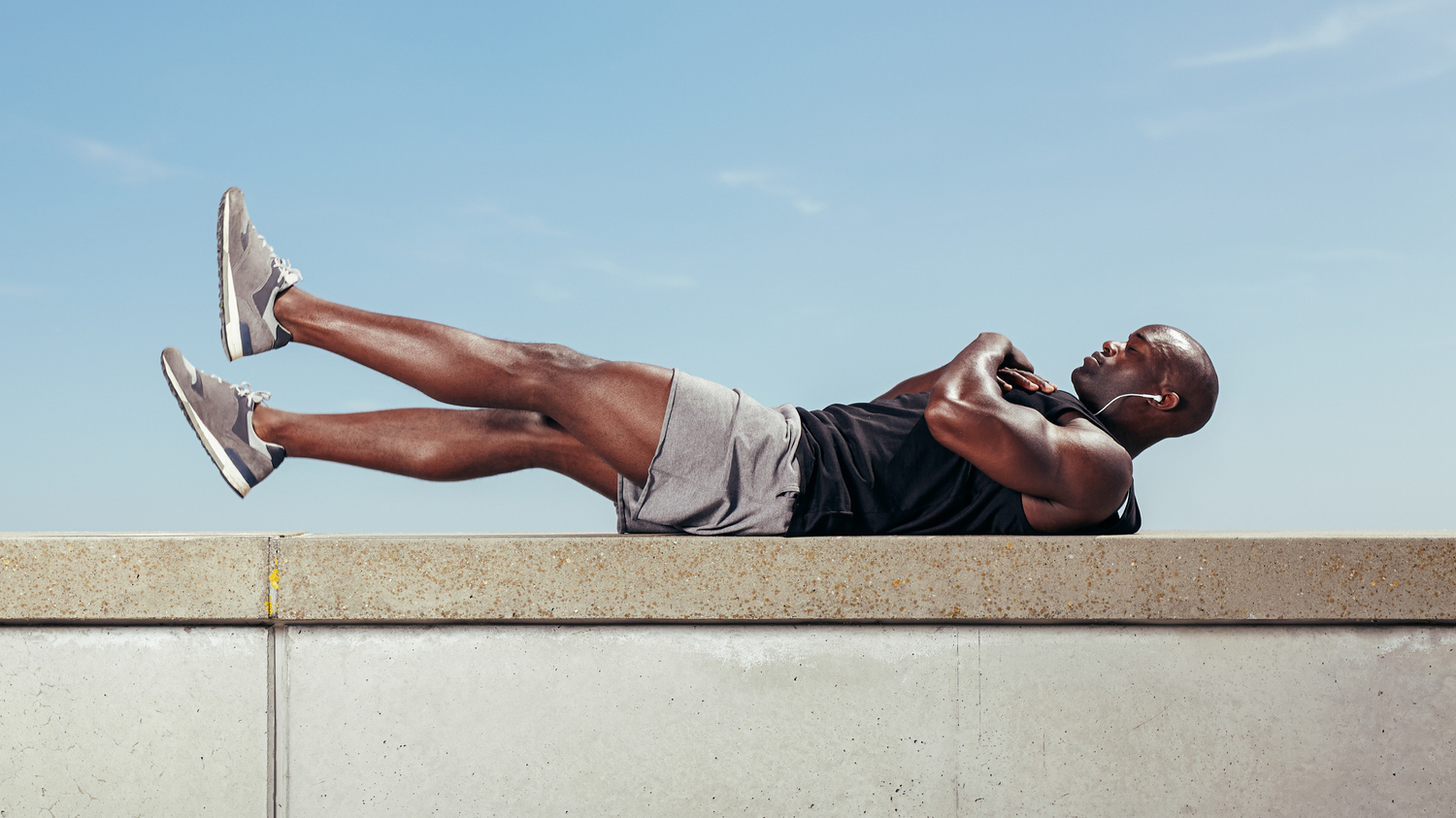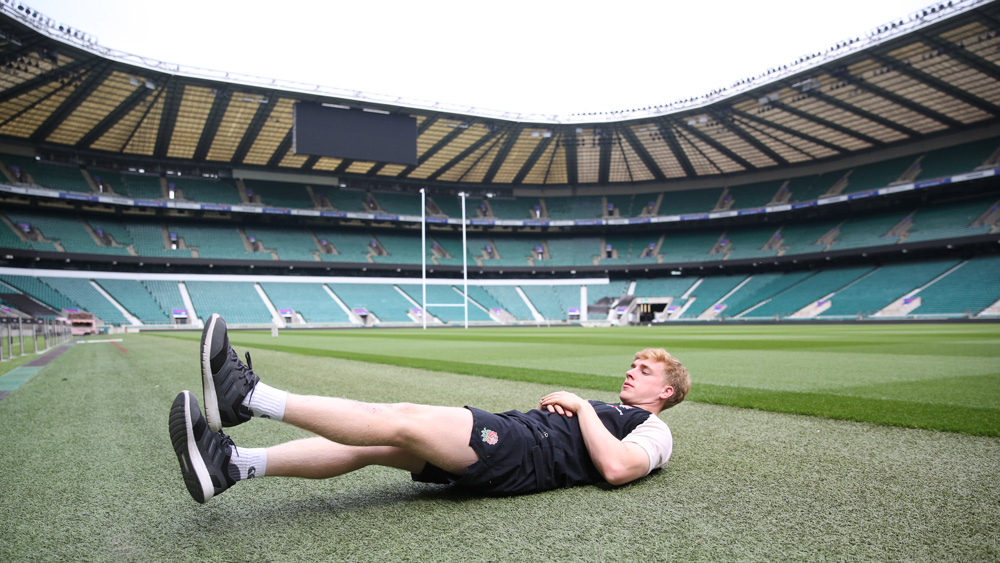How To Do Flutter Kicks
Target your lower abs with this challenging bodyweight exercise

Like all the best abs exercises, flutter kicks don’t seem very hard at all when you first start doing them. Then, after 20 seconds or so, as the tension builds in your abs, you start to realize that you’re in for a world of pain, and then 25 seconds in you absolutely will not believe how slowly those last five seconds passed.
It’s worth the momentary agony, however, because learning how to do flutter kicks allows you to work the lower portion of your rectus abdominis muscles—better known as the classic six-pack muscles—which certified personal trainer Amber Sayer says is “one of the more difficult areas to target”.
It’s not just a move for people training to achieve a rippling midsection, either. It’s a particularly useful exercise for swimmers, since it works the muscles needed to propel yourself through the water with your legs, and flutter kicks feature in this England Rugby Sevens core workout.
Flutter kicks sometimes also go by the name scissor kicks, but to us that implies more movement of the feet than required. A flutter really is all it takes.
How To Do Flutter Kicks
Lie on your back with your legs extended. Lift your head, neck and shoulders slightly off the floor and engage your core muscles, pressing your lower back into the floor. Lift your feet 15cm off the ground, keeping your legs extended. Move one foot up and the other down, alternating at pace while keeping your torso still—maintaining tension in the rest of your body is crucial to gaining the core benefits of the move.

Common Mistakes To Avoid
To get the maximum benefit from performing flutter kicks, correct alignment is essential. “The biggest mistake you can make with flutter kicks is that your lower back doesn’t stay pressed on the floor,” says Sayer. “You don’t want your back arching up, which I see a lot. If I can slip my hand under your lower back, this shows you need to learn how to do a posterior pelvic tilt.”
To remedy this, lift your legs a little higher off the floor. “It won’t be as hard on the abs,” says Sayer, “but at least you’re using proper form and as you get stronger, you can lower your legs toward the floor.”
Get the Coach Newsletter
Sign up for workout ideas, training advice, reviews of the latest gear and more.
If that doesn’t work, place your hands under your lower back to support your lumbar spine.
Flutter Kicks Variations
Reverse flutter kicks
Flip yourself over for a flutter kick variation that mainly targets the lower back, glutes, hamstrings and obliques. Lie on a weight bench with your hips on the edge so your legs are free to move up and down. Hold the front of the bench for balance. Start with your legs level with the rest of your body, squeeze your glutes, then start to slowly move them up and down under control.
About Our Expert
Amber Sayer is a fitness, nutrition and wellness writer, and editor at Marathon Handbook. She is a UESCA-certified coach in running, endurance nutrition and triathlon, as well as a certified personal trainer. She has two master’s degrees, one in Exercise Science and one in Prosthetics and Orthotics.

Nick Harris-Fry is a journalist who has been covering health and fitness since 2015. Nick is an avid runner, covering 70-110km a week, which gives him ample opportunity to test a wide range of running shoes and running gear. He is also the chief tester for fitness trackers and running watches, treadmills and exercise bikes, and workout headphones.
- Lois MackenzieFitness writer
